Millet nutritional benefits
What is millet?
How to cook Millet recipes
There are many Millet nutritional benefits. Millet is commonly used in India as part of daily meals.
Millet has been in
use in many countries such as china, India, Greece, Egypt as well as
African countries for centuries.
Millet is referred to as a 'treasured
crop' in bible. Though the general term millet is used, in local
languages there are different names for millets such as finger millet,
proso millet, pearl millet, foxtail millet etc. You will find these names below.
What is millet?
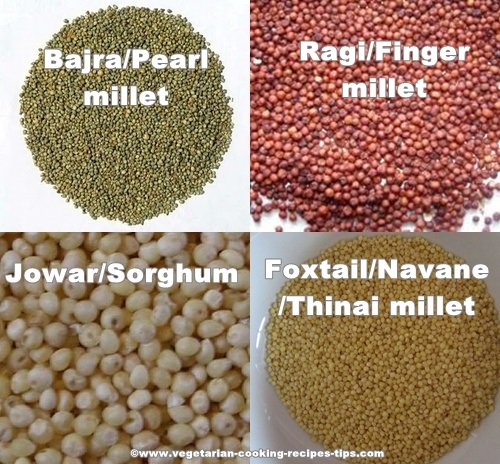 foxtail sorghum finger millet
foxtail sorghum finger milletMillet is actually a kind of seed from grass. By many people it is
considered and used as a grain as it has a grain like consistency. It
has a mild, sweet, nutty flavor.
Unhulled millet may be used for animal and bird feed but for human
consumption, you need to use the hulled millet. Even in hulled form,
millet is very nutritious.
Millet is available in red, white, yellow, grey colors depending on the type of millet you select.
Types of millets
Finger millet - red, mixed colored. (Also known as ragi, nachani or mandwa in India)
Proso millet - also known as broom corn millet, common millet, hog millet or white millet.Sorgum - white, yellowish. Known as jowar (Hindi, Marathi), jola (Kannada), cholam etc.
Pearl millet - greenish, grayish. Also known as bulrush millet,
milheto, cattail millet, candle millet, dark millet. (Also known as
bajra (Hindi), Bajri (Marathi), sajje/ sajji(Kannada) in India)
Foxtail millet - yellowish. Also known as Italian millet, German millet, Chinese millet, and Hungarian millet.
Minor millets varieties - are not so commonly available everywhere.
Indian barnyard millet or sawa milletJapanese barnyard millet
Kodo millet - is used in South India.
Little millet
Guinea milletBrowntop millet TeffJob's tears
Uses of millet
Traditionally millet is used as bird feed as well as for human
consumption. Many people are only aware of millet's use as bird seed or
animal feed.With the nutritional benefits that one gets from millet, it can be
considered as one of the super foods. Whole millet as well as millet
flour is commonly used in cooking in many countries.
Alcoholic beverages are made with millet. It is used to make beer in
Taiwan , east Africa. It is the base ingredient for distilled liquor
rakshi in Nepal.
It is also used to make fermented drink in Balkan
countries, Romania, Bulgaria etc.
Millet nutrition and health benefits
Millet is gluten free so can be used by those with celiac disease.
It can be easily digested.
It is rich in essential nutrients as it is not highly refined.
It is a very good source of natural fiber, so useful for those who have constipation problem.
It provides proteins, vitamins(thiamine and niacin) and minerals(iron, magnesium, phosphorus, zinc, copper and manganese).
It is alkaline. As it does not increase stomach acid, it is useful to those with acid indigestion and heartburn.
Millets are rich in B vitamins (especially niacin, B6 and folic acid)
Cooking with millet - There are many millet recipes
- Millet can be used unroasted or it can be roasted a little before cooking.
- Millet is quite small and so cooks fast.
- Whole millet can be made into porridge or it can be cooked like rice.
- Millet flour is used in baking, to make breads, cookies, cakes etc.
- By itself, millet flour is suited for flat bread. With the addition of some wheat flour, it can be used for raised bread.
- Flour can be used to make flat breads, gruel.
- Cooked whole millet as well as millet flour can be used to thicken soups, gravies and curries.
- Millet flour can be used to make yummy snacks.
You might like these
Find here information about potato nutrition and some potato facts. And also how to store potatoes
Millet recipes, breakfast recipes, snack recipes Indian food recipes. Finger millet, Rale/navane, bajra roti, ragi roti, bhakri, millet dosa, millet idli etc.
The many benefits of eating yogurt and the ways you can eat it are listed here. Yogurt is known as curd, dahi, mosaru, thyir etc. in Indian languages. Homemade yogurt is used in most Indian homes. Making yogurt is a part of daily routine of an Indian housewife.
Click on the Quick links below to go to the section.
 foxtail sorghum finger millet
foxtail sorghum finger millet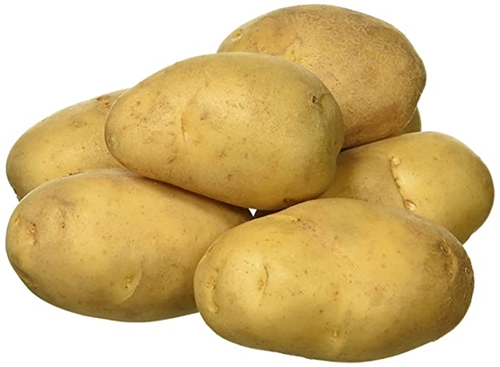
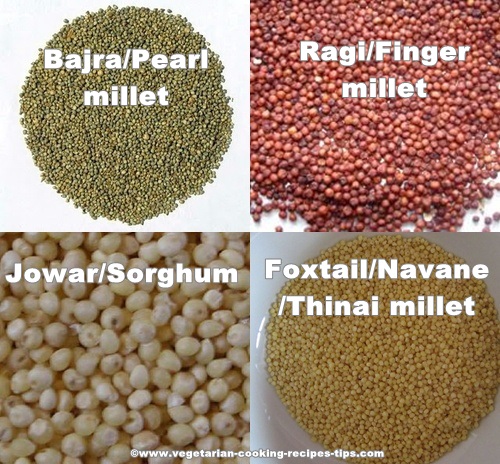
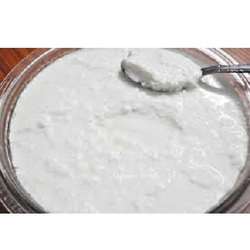
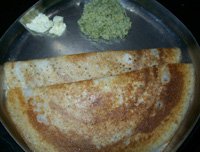
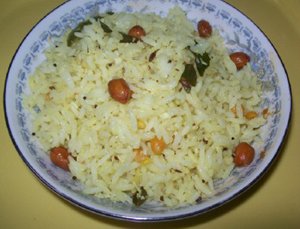
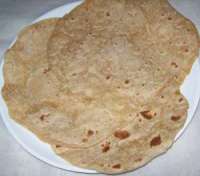
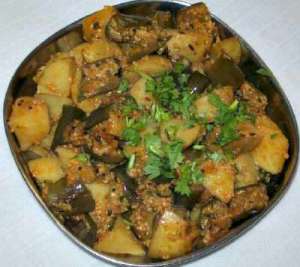
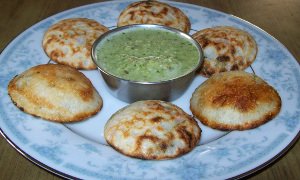
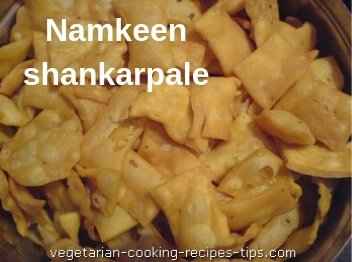
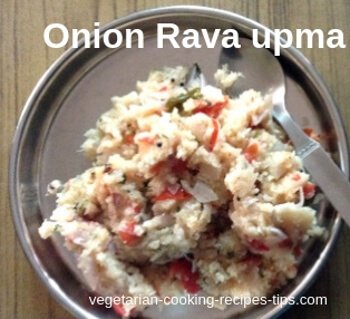
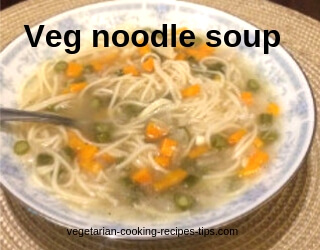
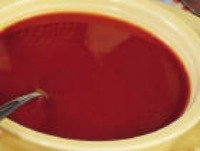
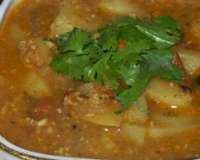

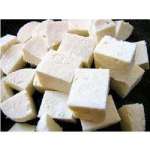
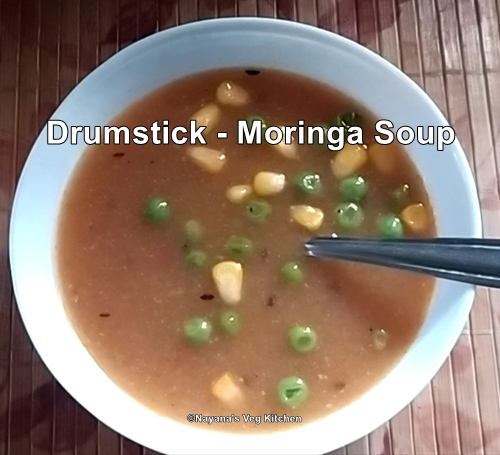

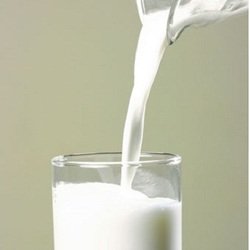
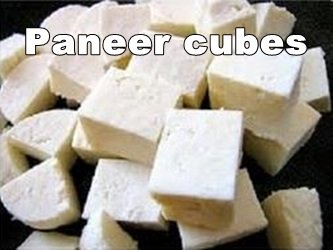
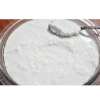

New! Comments
Have your say about what you just read! Leave me a comment in the box below.